It might be a little tricky for you to jack up the car in the initial phase. But once you get a hang of it, you can then use the necessary tools to jack up the car. Next, you can perform the repairs or maintenance of your car.
After you have fixed your car, the next step entails bringing it down. A lot of people that lowering the car jack is quite easy. However, knowing the different car jacks and the process of lowering the car with each one of them is crucial.
So, what are the different types of jacks? And how to lower a car jack with each one of them? We’ll discuss all that and a lot more to help you lower down your car with different types of car jacks.
Table of contents
Understanding Different Types of Car Jacks
Car jacks come in various types, each tailored to specific needs and scenarios. Therefore, it is important to understand the distinctions between hydraulic floor/trolley jacks, bottle jacks, and scissor jacks. Let’s get a brief overview of each type of car jack to give you a better idea.
- Hydraulic Floor/Trolley Jacks: A Quick Overview
Hydraulic floor or trolley jacks are known for their robust lifting capacity and ease of use. These jacks use hydraulic fluid pressure to lift your car efficiently. They often come with a long handle, making the lifting process more manageable.
- Bottle Jacks: Compact Powerhouses
Bottle jacks are similar to a small bottle in shape. They are compact powerhouses known for their portability and impressive lifting capabilities. You can find them to be useful in confined spaces where a larger jack might struggle to fit.
- Scissor Jacks
Scissor jacks function based on a straightforward mechanical principle, utilizing a threaded screw and a system of interconnected bars to provide vertical lift. Although they may not rival hydraulic jacks in lifting capacity, scissor jacks are characterized by their lightweight, portability, and suitability for emergency roadside repairs.
Locating the right car jack is a straightforward task given the diverse options provided by VEVOR. Explore the various car jack offerings and select the one that best fits your requirements.
Step-by-Step Instructions for Lowering a Hydraulic Floor/Trolley Jack
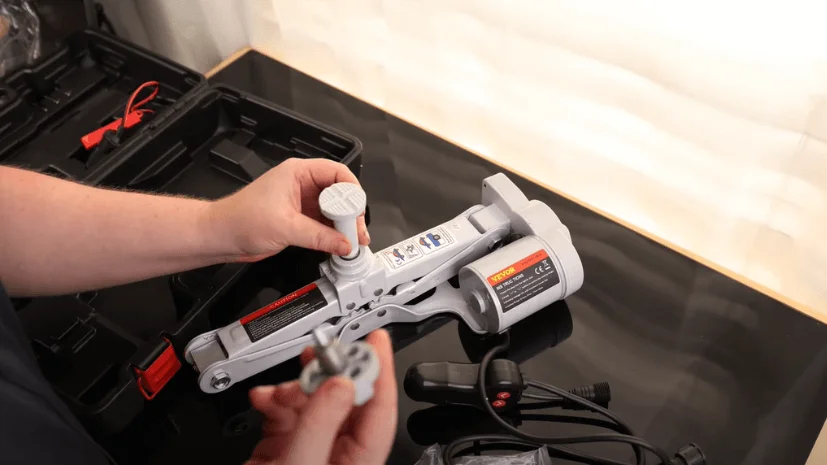
Lowering a hydraulic floor/trolley jack doesn’t adhere to strict rules, but understanding the nuances of the process is essential. Here’s a comprehensive, step-by-step guide to ensure a smooth lowering of your car’s hydraulic floor/trolley jack.
- Step 1 – The first thing that you need to do is find the release valve, which is usually a screw key. This valve is typically near the handle and you can find it by its hexagonal or square shape
- Step 2 – Once the release valve is located, put the rod over the screw, and turn it in the right direction. Most hydraulic jacks have a clockwise rotation to raise and a counterclockwise rotation to lower. Therefore, make sure to raise it in the right manner.
- Step 3 – As the hydraulic fluid starts to release after you turn the rod, your car starts to come down. It’s crucial to monitor this process closely and do it with complete vigilance.
VEVOR hydraulic floor or trolley jacks are designed with enhanced safety features to provide users with an added layer of confidence during the lowering process. These features include a slow-release valve for precise control along with a sturdy base for stability.
How to Lower a Bottle Jack Efficiently
The process of lowering a bottle jack entails the first three steps that you take for the hydraulic jack. However, there are some other steps that you need to follow to lower the bottle jack:
- Steps 1 to 3 – The same as the hydraulic jack, which includes locating the release valve, often found near the handle and ensuring it is turned counterclockwise to open
- Step 4 – Once you get the jack out from below the car, you need to push the saddle in the downward positions. This is because of the manual intervention necessary to lower the piston.
- Step 5 – Turn the threaded saddle clockwise so it can reach the bottle head’s base.
These are some important things to keep in mind for lowering the bottle jack efficiently. It will ensure complete safety and effective automotive maintenance.
Simplifying the Process with a Scissor Jack
A scissor jack is the easiest one to lower down. With their straightforward design and ease of use, scissor jacks are indispensable tools for various car maintenance tasks. However, knowing the right technique for lowering a scissor jack is vital, so here is what you need to do:
- Step 1 – Insert the rod into the designated slot on the scissor mechanism, ensuring a secure fit. It’s crucial to ensure that the rod is positioned correctly before attempting to lower a scissor jack.
- Step 2 – Once the first step is complete, you then need to turn the rod in the other direction that you did for lifting the car. This will cause the car to start lowering down in a hassle-free manner.
When speed is a priority, VEVOR’s scissor jack excels in facilitating a fast lowering process. Apart from that, VEVOR’s scissor jacks are designed with user convenience in mind. Therefore, it makes the lowering process easy and reliable. Want to know how to lower a car jack fast, then the answer is with the top-notch scissor jacks from VEVOR.
Removing a Jack from Your Car

Safely removing a car jack is a crucial step in the car maintenance process. It will ensure that you conclude your tasks without any potential hazards. Knowing how to remove a bottle jack correctly is crucial. This is a detailed how-to for taking out the scissors and bottle jacks from the trunk.
How to Take a Bottle Jack Out of the Trunk:
A clearer picture of how to take the bottle jack out of the trunk is easily accessible in the manual that comes with the VEVOR bottle jack. In addition, the following little how-to will assist you in extracting a bottle jack from the trunk:
Step 1 – Lock Up the Car: The first thing you need to do before removing the car jack is to ensure your vehicle is securely parked on a flat and stable surface. Apply the parking brake and also use wheel chocks for added stability if you feel that is necessary.
Step 2 – Release Pressure: If the bottle jack is still supporting any part of the vehicle, carefully lower it by turning the handle counterclockwise. This will pave the way for a gradual descent to prevent sudden drops.
Step 3 – Remove the Bottle Jack: Once you put the vehicle on the ground, you have to take out the bottle jack from the point of contact. After that, you need to keep the jack back safely so it doesn’t get damaged during transit.
Extracting a Scissor Jack with Ease
A lot of advanced cars have a scissor jack and it is quite easy for you to extract them. By simply following the method mentioned below, you can extract a scissor jack in a hassle-free manner.
Step 1 – Lower the Vehicle: Just like you did for removing a bottle jack from the trunk, start by lowering the vehicle using the scissor jack. Turn the rod counterclockwise to retract the scissor arms until the vehicle is securely on the ground.
Step 2 – Remove the Supporting Base: If the scissor jack has a supporting base, make sure to detach it carefully. This base is often designed to provide stability during lifting but may need to be removed for proper storage.
Step 3 – Stow the Scissor Jack: Now that the vehicle is safely lowered and the supporting base is removed, stow the scissor jack in its designated storage area.
Conclusion/Summing Up
It may be a difficult task to use a car jack, particularly when there are different types of car jacks and additional tools required. Nevertheless, once you learn how to lift them, you won’t find it too difficult to lower them as well. That is something this article covered so you can know how to lower the car jack.
It gives you a clear idea about the ways to lower the car with the hydraulic floor/trolley jacks, bottle jacks, and scissor jacks. Knowing about the method to safely remove and release car jacks is vital to prevent unwanted hazards. Now that you have a clear idea about it, you can start shopping the car jacks at VEVOR.


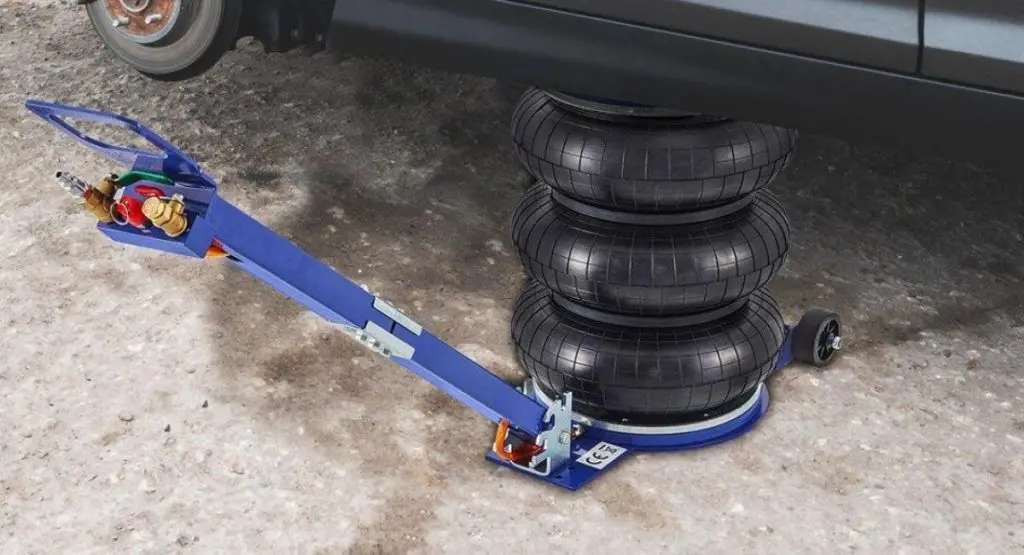
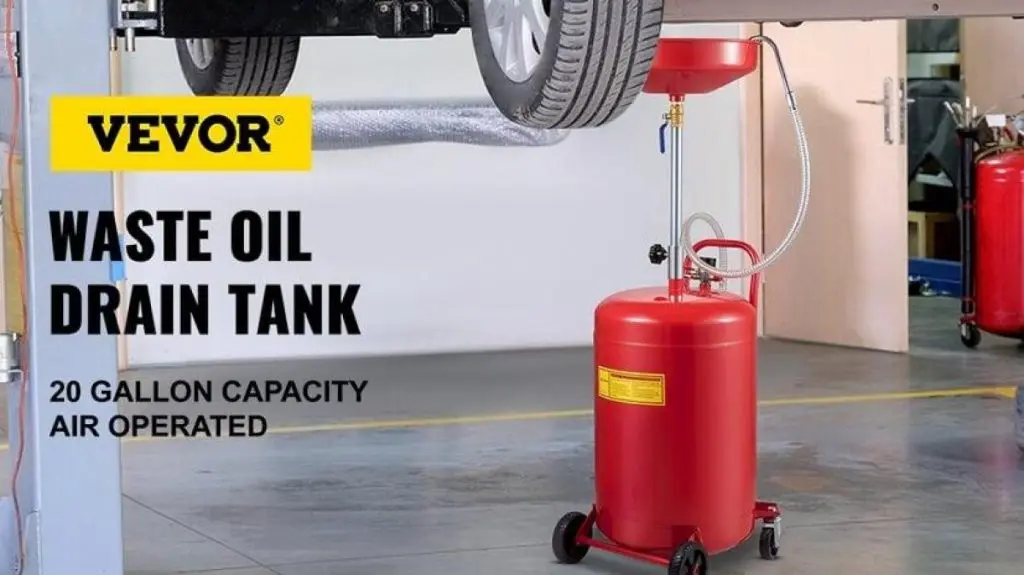
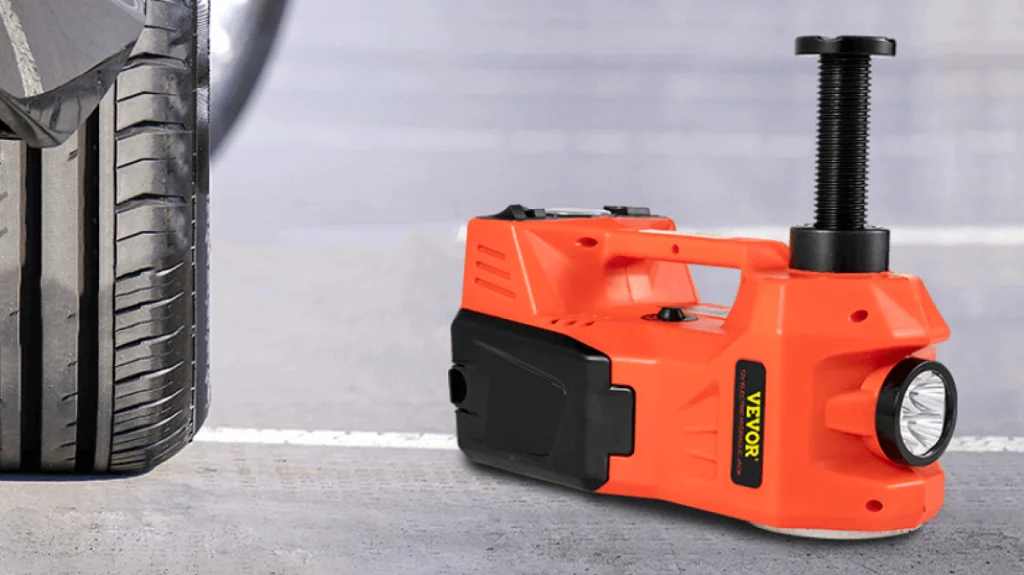
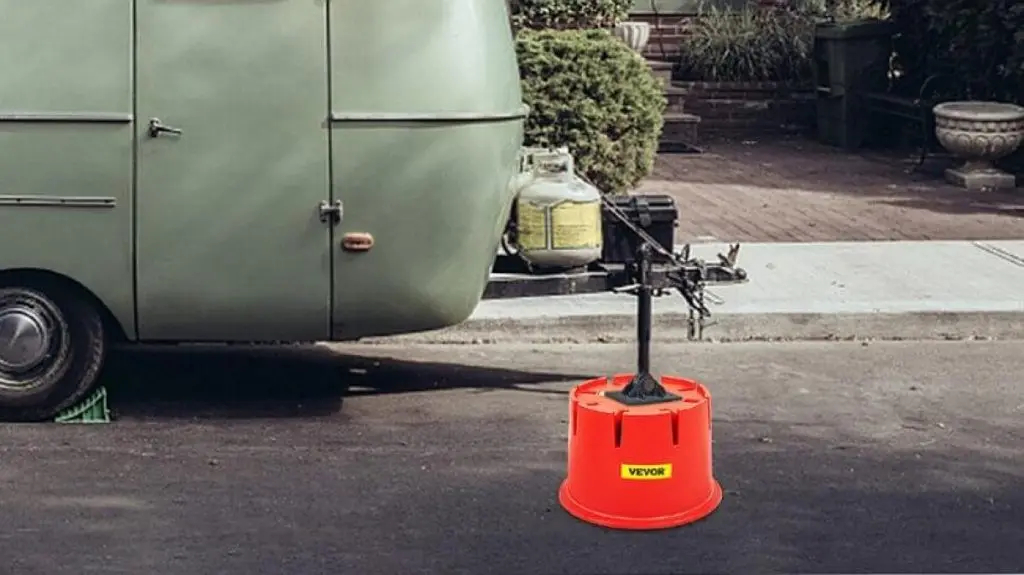
Hello! I could have sworn I’ve been to this site before but after looking at a few of the posts I realized it’s new to me. Nonetheless, I’m certainly happy I found it and I’ll be bookmarking it and checking back frequently!